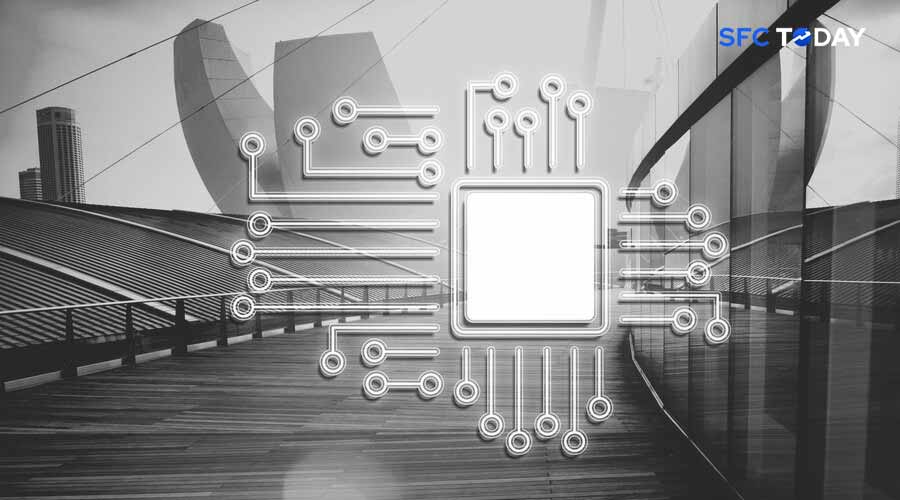Unlocking the Future of GPU Power: Discover the Render Network
In an era where the demand for digital content creation and processing is increasing, the need for powerful, scalable computing solutions has never been greater. Entire Render Network is a revolutionary platform that aims to decentralize GPU computing, helping manufacturers and developers harness the power of distributed processing. It is set to reshape the landscape of digital presentations and computational tasks.
What is Render Network?
Render Network is a decentralized platform that leverages blockchain technology to connect individuals and organizations seeking GPU processing power with those with idle GPU resources. Creating a marketplace for rendering, the GPU Render Network allows users to efficiently use unused hardware. It offers a cost-effective solution for intensive processing tasks.
Render Network is a distributed rendering network built using blockchain technology to store idle GPUs around the world. Compared to centralized cloud rendering services, the render network has virtually unlimited computing power resources and it has the characteristics of high computation, low cost, and good security. Render not only provides abundant GPU computing resources for the AI field but can also help train AI models at the same time. Rendering can also use AI technology to optimize the rendering process, which will result in improved rendering speed and quality.
Main features of Render Network
Decentralized: Unlike traditional cloud computing services, which rely on centralized servers, Render Network operates in a decentralized framework. This not only increases safety. But it also reduces the risk of a single point of failure.
Cost Effective: Users can access GPU power at competitive prices by accessing a global network of sponsors. This democratizes access to high-performance computing. It allows independent designers and small studios to produce high-quality work without the burden of expensive infrastructure.
Scalability: Render Network allows for seamless scaling of computing resources. When demand fluctuates, users can easily access additional GPU power ensuring that the projects are completed on time regardless of complexity.
Community Driven: The platform fosters a community of creators and contributors, and promotes collaboration and knowledge sharing. Users can contribute unused GPU capacity and earn tokens. Encourage participation and ensure stable resourcing.
Interactivity: Render Network is designed to work with popular 3D rendering software and devices. This compatibility allows users to seamlessly transition between their existing workflows and the decentralized platform.
Benefits of using Render Network
Accessibility for Creators: The rendering network empowers artists, designers, and independent developers. It does so by giving them access to powerful rendering capabilities that were previously reserved for large companies with large budgets.
Environmental Impact: Using existing hardware resources, Render Network promotes sustainable computing practices. This approach reduces the carbon footprint associated with traditional data centers and promotes a more environmentally friendly form of resource use.
Advanced Security: Using blockchain technology, Render Network ensures that transactions and data are secure and transparent. Users can trust that their projects and intellectual property are protected.
Experimental case
3D rendering
High-quality 3D rendering in the film and gaming industries requires large amounts of processing power. Rendering networks help creators render scenes, faster and more economical increase work efficiency, and allow for more ambitious projects to be undertaken.
AI training
Machine learning models often require large amounts of GPU power for training. Render Networks gives researchers and developers access to the resources they need without an upfront investment in hardware and help accelerate the development of AI technology.
Scientific simulation
Fields including climate modeling and molecular dynamics require extensive computational abilities. Rendering networks provide scientists with the tools they need to perform complex simulations, helping research and innovation succeed.
Challenges ahead
Although rendering networks has many advantages, it also faces challenges and issues such as network security. User experience and the volatility of the digital currency market may affect development and use. Addressing these challenges will be critical to the platform’s long-term success.
Conclusion
Rendering networks represent a major leap forward in the realm of decentralized computing. Creating a market for GPU resources not only lowers costs and increases access but also promotes innovation in various industries. As the demand for computational power increases, platforms like Render will play a key role in shaping the future of computing, enabling everyone to use highly efficient resources.







